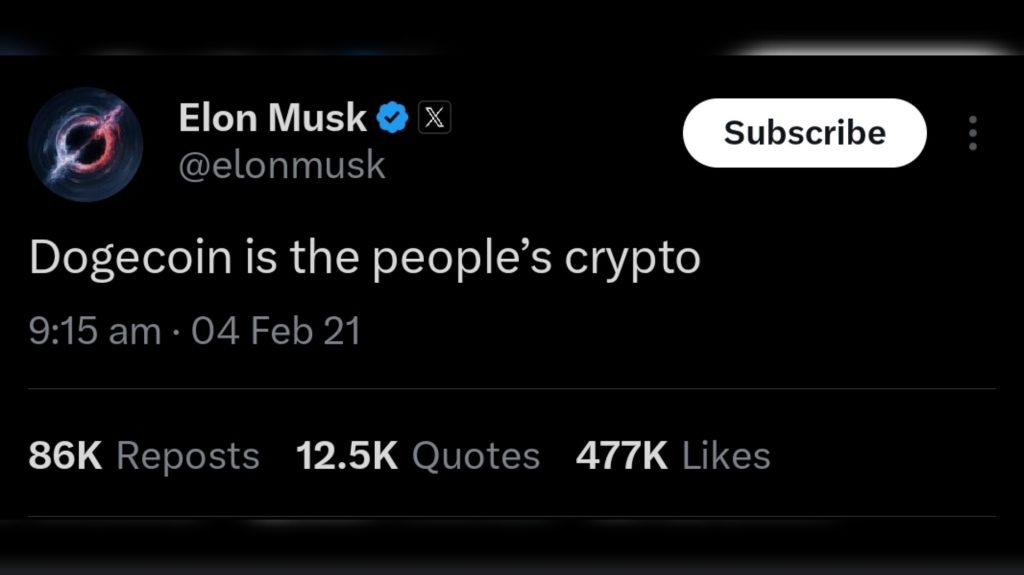The captivating element of memecoins is that you can increase your $100 investment to thousands in just weeks. CoinGecko states that Dogecoin skyrocketed an astonishing 12,000% in 2021. However, just as wins do exist, So do scams: Like Squid Game, whose $3.38 million rug pull shocked us all back in 2021. Therefore, one must take caution while slowly navigating this intricate space. This guide provides 10 essential strategies to help you identify profitable memecoins while avoiding scams.
The Importance of Picking the Right Memecoin
Like any cryptocurrency, memecoins too thrive and are relished on hype and crowd energy. Data found from analysis carried out by crypto analysts suggests there are 90% of newly released currencies that fail to last upto a month. The overall objective is to help you identify genuine deals that exist in order to preserve your capital or funds.
Estimated reading time: 4 minutes
Table of contents
- The Importance of Picking the Right Memecoin
- 10 Tips to Spot Profitable Memecoins
- 1. Check Out First Phase Trading Volumes
- 2. Ensure the Teams Information is Available For Public Verification
- 3. Measure Community Activity
- 4. Check Exchange Listings
- 5. Token Allocation Analysis
- 6. Separate Utility from Hype
- 7. Look for price fluctuation patterns
- 8. Analyze Code Activity Larva
- 9. Review security audits – auditors spot risks
- 10. Conduct Small-Scale Testing
- Key Takeaways
10 Tips to Spot Profitable Memecoins
1. Check Out First Phase Trading Volumes

The trading volume indicates whether there is tangible action occurring. Target coins that are trading above $5 million dollars a day since this indicates liquidity.
How to Do This: Track 24 hour volumes through CoinMarketCap and CoinGecko.
2. Ensure the Teams Information is Available For Public Verification
Real projects make their employees public, such as Dogecoin for Billy Markus and Jackson Palmer. Developers who prefer to live Hide come with a myriad of problems.What I recommend is looking at the team names on LinkedIn and X, and reviewing their past experience. A trader on X said to be
cautious: “If the team’s hidden, hide your wallet.”
3. Measure Community Activity
Active, genuine communities promote growth. Imaginary hype from bots steals the show and then leaves abruptly.
How to Do It: Look out for genuine chatter—without spam—on X, Reddit, and Discord.
4. Check Exchange Listings
Major exchanges like Binance or Coinbase will vet the projects before they list them. The smaller, more dubious exchanges will not.
How to Do It: Look at the listings on CoinMarketCap. Stick to the big currencies.
5. Token Allocation Analysis
Fair distribution prevents dev dumps. Too large a percentage of the tokens should be available to the public, who should not be insiders.
How to Do It: Go through the whitepaper or CoinGecko for token allocation details.
6. Separate Utility from Hype

Effective memecoins primarily bring real substance. Dogecoin was backed by Elon Musk; Shiba Inu added swaps.
How to Do It: Check the site. Does it serve a useful purpose or does it only solicit for funds?
7. Look for price fluctuation patterns
Slow gradual increases are far superior and sustainable than the wild drastic increases followed by sharp decline. Floki Inu buzzed and rose 1000% in 2023.
How to Do It: Check Trading View. Planes of growth, not spikes and slumps, are a good sign.
8. Analyze Code Activity Larva
Active teams keep on coding, so Shiba Inu was Buzzing GitHub in 2021. While quiet repos mean dead coins.
how to do it: Check GitHub for the monthly updates of the last three months.
9. Review security audits – auditors spot risks
CertiK caught SafeMoon’s holes back in 2021. No audit? Big gamble. CertiK’s audit of SafeMoon did reveal significant risks, and the lack of an audit is a major red flag for any cryptocurrency project. While audits don’t eliminate risk, they provide valuable information for investors.
How to do it: search CertiK or Quantstamp on the site or X.
10. Conduct Small-Scale Testing
Before investing significant capital, test the platform with a small amount (e.g., $20) to assess its functionality and transaction speed. Also check slippage.
How to Do It: Use MetaMask to perform test transactions.
Key Takeaways
● High trading volume indicates liquidity.
● Transparent teams build trust.
● Active communities drive growth.
● Reputable exchange listings enhance legitimacy.
● Fair token distribution mitigates risks.
● Genuine utility surpasses hype.
● Steady price trends signal stability.
● Active code development indicates commitment.
● Security audits provide assurance.
● Small-scale testing minimizes losses.